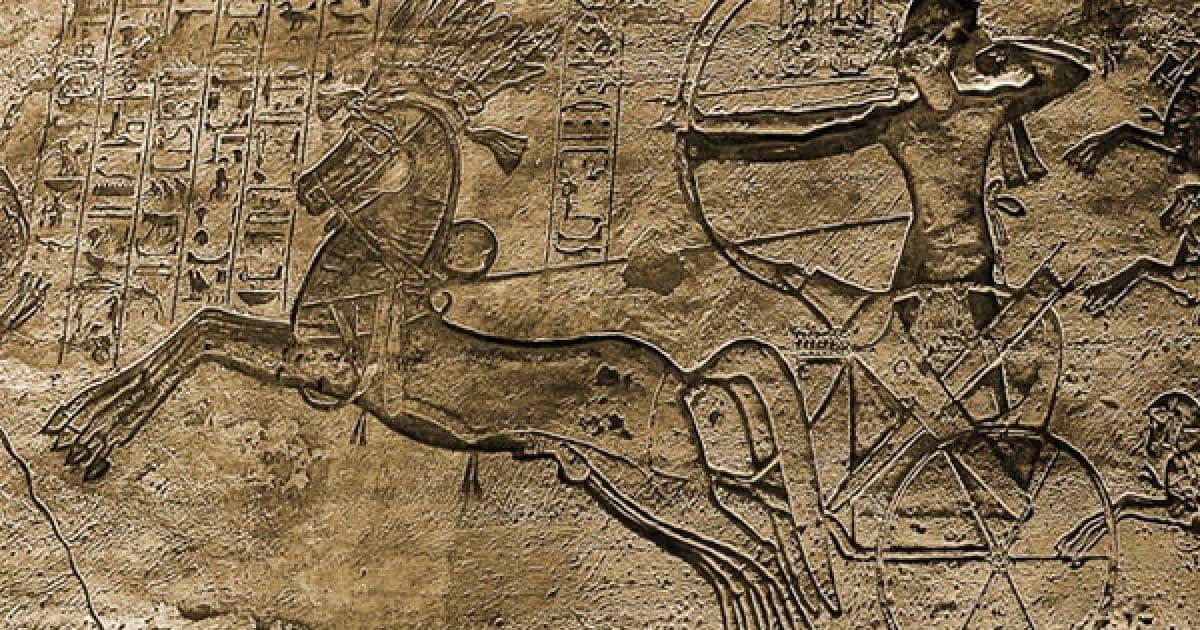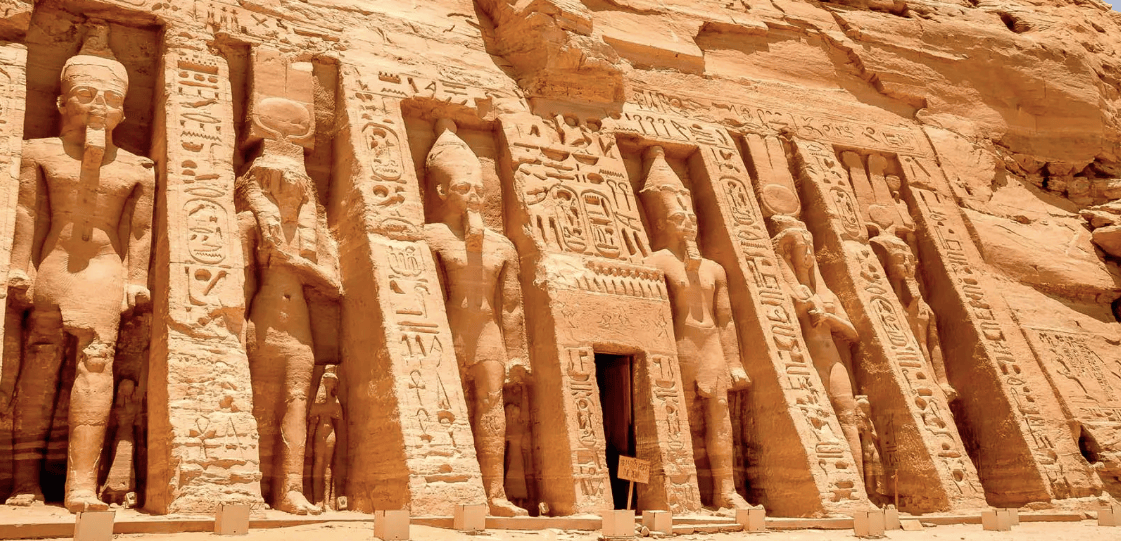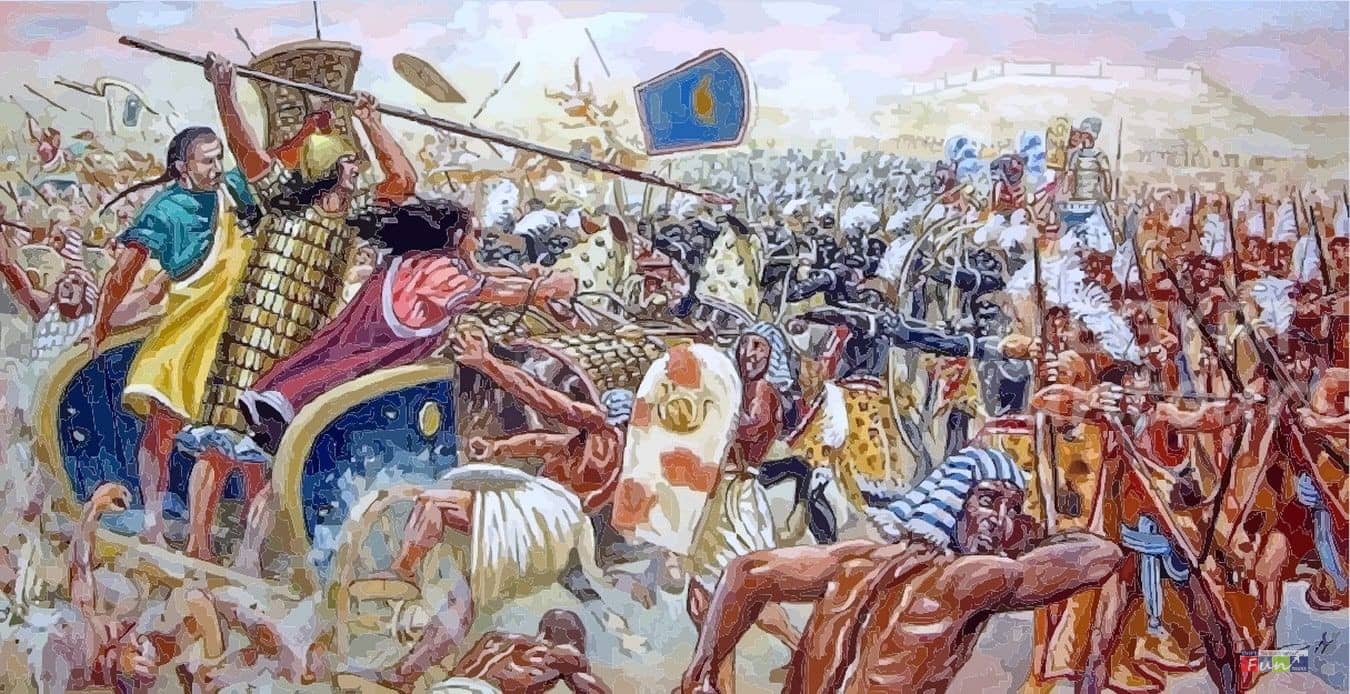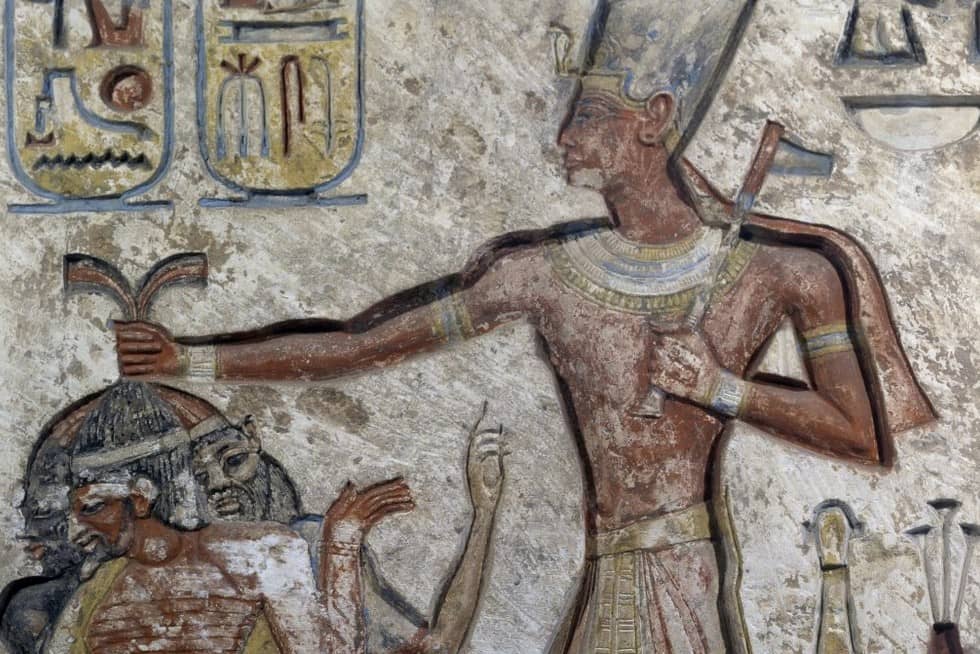Leadership Lessons from Ramses II: Egypt’s Greatest Pharaoh
Ramses II, also known as Ramses the Great, is often hailed as ancient Egypt’s most effective and influential pharaoh. His reign, which lasted from 1279 to 1213 BCE, marked a period of unprecedented prosperity, architectural achievement, and military success.
This article explores the various aspects of Ramses II’s leadership that contributed to his legacy as a great leader and how we can apply what we know about his life and leadership in ancient Egypt to our lives today.
Leadership Lessons from Ramses II
1. Calm in Chaos
Despite being tricked into believing the enemy had retreated when they had not and being ambushed by the Hittite army, Ramses II was able to reorganize his troops and led a counterattack that led to a stalemate in the famous Battle of Kadesh, which reminds us of the importance of staying composed and adaptable in crises if we want to be effective.
2. Peace Brings Productivity
While the Battle of Kadesh is well known, The Treaty of Kadesh may be Ramses II greatest accomplishment. It resulted in an unprecedented period of peace between the Egyptians and Hittites that allowed both empires to prosper and when Ramses II was able to build many of the temples, monuments, and diplomatic ties that made his reign so great.
This part of Ramses II reign emphasizes the importance of building long-term, mutually beneficial relationships rather than short-term, prideful, and destructive competition..
3. Build Something that Lasts
While the battles and diplomatic treaties of Ramses II reign are forgotten by most, many of his monumental constructions still stand and are visited by people from all over the world today. Ramses’ II architectural efforts contributed to the lasting culture and historical greatness of the Egyptians, which reminds us that while they all may seem important at the moment, some projects we invest our time and resources in will last longer than others.
To understand why Ramses II was such an effective leader, let’s explore the historical context that shaped his reign and made him the most memorable pharaoh of ancient egypt.
Early Life and Ascension to the Throne
As we explore Ramses II’s leadership qualities, it is important to understand his early life and how he came to power. In this section, we’ll quickly discuss his family background, early education and training, and path to kingship.
Family Background
Ramses II was born into the royal family of the 19th Dynasty, as the son of Pharaoh Seti I and Queen Tuya.
Seti I was a formidable ruler who expanded Egypt’s territories and secured its borders, setting a strong example for his son.
Ramses II had many siblings, including a brother named Tia who was appointed as high priest of Ptah in Memphis.
Early Education and Training
From a young age, Ramses II was exposed to the intricacies of governance and military strategy. He was trained in archery, horseback riding, and chariot driving. learned to read and write hieroglyphics, and was well-versed in the religious texts of the time.
Path to Kingship
Ramses II’s path to kingship began when he was appointed as coregent by his father Seti I at a young age. He accompanied his father on military campaigns and gained valuable experience in leadership and strategy.
After Seti I’s death, Ramses II became the sole ruler of Egypt at the age of 24.
Military Leadership
 As a military leader, Ramses II was known for his tactical prowess and strategic thinking. He led his army in several successful campaigns, including the famous Battle of Kadesh against the Hittites.
As a military leader, Ramses II was known for his tactical prowess and strategic thinking. He led his army in several successful campaigns, including the famous Battle of Kadesh against the Hittites.
The Battle of Kadesh
The Battle of Kadesh took place in 1274 BCE. Ramses II led his army against the Hittites, who at the time had been expanding their territory into Syria.
Ramses II was initially tricked into attacking Kadesh after 2 captured Hittites lied to him and said that their army had retreated to a nearby city and was no longer in Kadesh. When Ramses II foolishly attacked the city, he was met by a much larger Hittite army than expected.
Despite the surprise, Ramses II and the Egyptian army rallied and the battle ended in a stalemate, with neither side able to claim a decisive victory.
The Battle of Kadesh had long-term implications for Egypt. It’s likely the most well-documented battle of the ancient world and led to the first known peace treaty in history, the Treaty of Kadesh, between Ramses II and the Hittite king, Hattusili III.
This treaty established a lasting peace and alliance between the two empires.
Defense
Ramses II was also a master of defensive strategies. He built a series of fortresses along Egypt’s borders to protect against invasion, particularly in the eastern delta and Nubia.
He also strengthened the army and navy, ensuring that Egypt was well-prepared to defend itself against the threat of the Sea People, a confederation of naval raiders who attacked ancient Mediterranean coastal towns around 1200 BCE, contributing to the collapse of several Bronze Age civilizations.
Diplomacy

As a leader, Ramses II demonstrated remarkable diplomatic acumen that helped him maintain peace and stability within his kingdom and beyond. In this section, I will explore Ramses II’s diplomatic efforts and their impact on Ancient Egypt.
Relations with Neighboring States
In addition to the Hittites, Ramses II maintained good relations with other neighboring states, such as the Kingdom of Kush, Libya, and the Phoenician city-states. He established trade relations with these states, which helped to boost Egypt’s economy and increase its influence in the region.
Ramses II also married several foreign princesses, which helped to cement diplomatic ties with their respective kingdoms.
Religious Diplomacy
Religion played a crucial role in Ancient Egyptian diplomacy, and Ramses II was no exception.
He built several temples and shrines throughout the kingdom, which he used as tools of diplomacy. For example, he built a temple at Abu Simbel, which was dedicated to the gods Amun, Ra, and Ptah.
This temple was not only a religious center but also a symbol of Ramses II’s power and authority. He invited foreign dignitaries to visit the temple, where they would be impressed by its grandeur and magnificence. This helped to enhance Egypt’s reputation as a powerful and prosperous kingdom.
Architecture

As a pharaoh of ancient Egypt, Ramses II was known for his grand architectural projects that showcased his power and wealth. His accomplishments in architecture include Temples, the capital city of Pi-Rameses, and some architectural innovations.
Temples
Ramses II was responsible for the construction of several monumental structures, including the Ramesseum, a mortuary temple dedicated to himself, and the temples of Abu Simbel, Amun, Set, Wadjet, and Astartet which were built to honor him and his queen, Nefertari.
These temples are considered some of the most impressive structures in ancient Egypt.
Pi-Ramesses
In addition to these monumental constructions, Ramses II also oversaw the development of several urban areas, including the city of Pi-Ramesses, which he built as his new capital.
This city was designed to be a grand metropolis, with impressive buildings and wide streets. It was also strategically located near the Nile Delta, which made it an important center for trade and commerce.
Innovations
Ramses II was also known for some important innovations in architecture.
He introduced new building techniques, such as the use of sun-dried bricks and mud mortar, which allowed for faster and cheaper construction.
He also experimented with new architectural styles, such as the use of pylons, obelisks, and colossal statues, which became hallmarks of Egyptian architecture.


